Plasaline Infusion 0.9% contains Sodium Chloride (salt), which is a vital electrolyte in the body. Sodium helps regulate the amount of water in the body, maintains nerve function, and supports muscle contractions. It is used to treat or prevent sodium loss caused by dehydration, excessive sweating, or other causes.
Usage and Safety:
Dosage:
-
The dosage of Plasaline Infusion 0.9% is based on individual medical needs and should be administered as directed by your healthcare provider.
Side Effects:
When used in large amounts, Plasaline Infusion 0.9% may cause:
-
Fluid overload.
-
Edema (swelling).
-
Electrolyte imbalance.
-
Hypertension (high blood pressure).
-
Congestive heart failure.
Drug Interactions:
Plasaline Infusion 0.9% is compatible with most injectable medications. However, always check the data sheet of the specific medication being mixed or administered with Plasaline. Consult a healthcare provider or pharmacist for any potential drug interactions.
Indications:
Plasaline Infusion 0.9% is used for:
-
Diluting intravenous (IV) medications.
-
Reconstituting various IV injections.
-
Flushing IV ports and cannulas.
-
Nasal drops for congestion relief in both children and adults.
-
Diluting bronchodilator solutions (e.g., procaterol, salbutamol) for nebulization.
-
Cleaning small wounds.
-
Eye irrigation.
-
Compresses for reducing inflammation, skin irritation, and softening necrotic tissue.
(Always refer to the specific medication’s data sheet for proper dilution, reconstitution, or nebulization instructions.)
When Not to Use:
-
Congestive heart failure: Plasaline Infusion 0.9% should be avoided in patients with congestive heart failure due to the risk of fluid overload.
Precautions:
-
Dilutional Acidosis: Infusion of large volumes may cause dilutional acidosis due to the lack of bicarbonate in the solution.
-
Electrolyte Imbalance: Caution is advised in patients with low potassium (hypokalemia) or calcium (hypocalcemia) levels, as Plasaline Infusion 0.9% may lower these electrolyte concentrations.
-
Renal Failure: Use with caution in patients with renal failure or reduced urinary output due to obstructive urinary tract diseases.
-
Hypernatremia: Continuous infusion may cause elevated sodium levels (hypernatremia) unless free water is supplied with it.
Warnings:
-
Hypokalemia and Hypocalcemia: Monitor patients for low potassium or calcium levels, as Plasaline Infusion 0.9% can exacerbate these conditions.
-
Renal Failure: Extra caution should be exercised for patients with renal impairment due to the risk of fluid overload and electrolyte imbalance.
-
Hypernatremia: Continuous infusion may lead to hypernatremia, so ensure adequate hydration with free water if necessary.
Additional Information:
Pregnancy Category:
Consult your physician before using Plasaline Infusion 0.9% during pregnancy to assess potential risks and benefits.
Storage:
-
Store Plasaline Infusion 0.9% at room temperature (20°C to 25°C / 68°F to 77°F).
-
Keep away from direct sunlight and heat.
How Supplied:
-
Plasaline Infusion 0.9% is available in 1000 mL bags.
Doctor Review: Dr. Faisal Ahmed, Cardiologist
Plasaline Infusion 0.9% in fluid and electrolyte management, particularly for patients who are dehydrated or require IV medications. He advises caution in patients with renal failure or congestive heart failure due to the risk of fluid overload. Dr. Ahmed highlights that while Plasaline Infusion 0.9% is generally safe, monitoring for potential electrolyte imbalances and ensuring proper dosage are key for safe use.
Medical Disclaimer:
This information is for educational purposes only and is not a substitute for professional medical advice. Always consult your healthcare provider for proper diagnosis, dosage, and treatment.

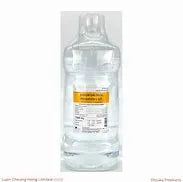
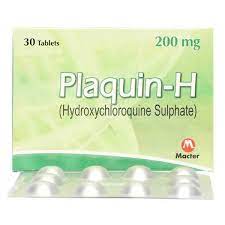
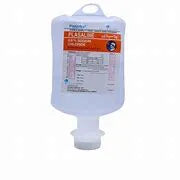
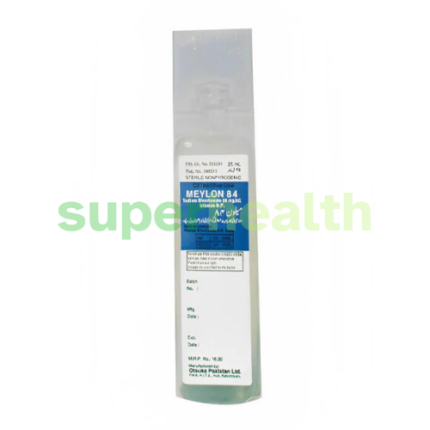
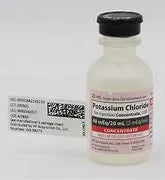
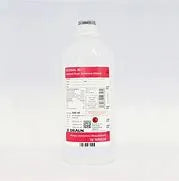
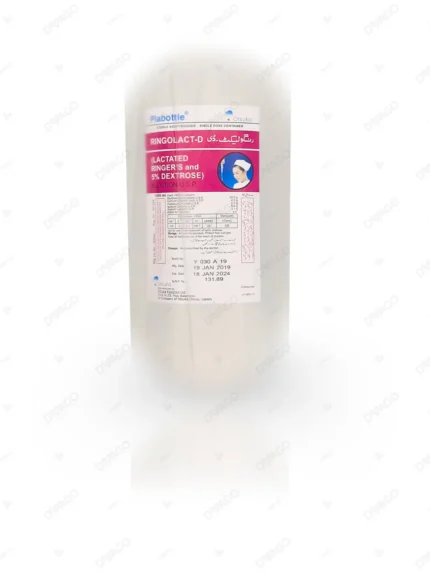
Reviews
There are no reviews yet.